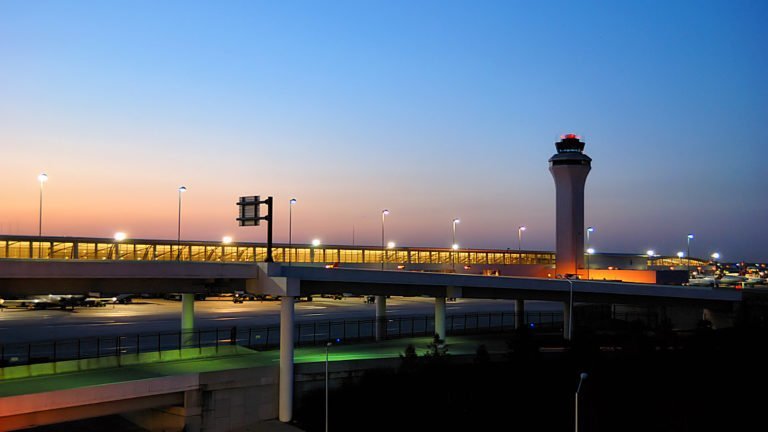Though the United States is by far the strongest economy in the world, our airports leave something to be desired. Wherever you fly domestically, terminal buildings are often outdated, logistics don’t make sense, and unwelcoming flight gates make any delays an obnoxious burden. European and Middle Eastern airports, with their glitz and glamor, routinely put ours to shame.
And while both Congress and the White House agree that airports need more investment, the current debate focuses on how to modernize airport infrastructure. Some suggest more taxpayer money should be directed to airport projects while others suggest increasing one of the many fees on airline tickets, the so-called Passenger Facility Charge (PFC).
At the House Transportation and Infrastructure Committee meeting last month, congressional Democrats called for increasing the PFC charged per flight (that’s per takeoff) as the most suitable tool to boost US airport infrastructure. One stressed that the PFC is merely an optional fee but does not have to be used by the airport.
As noted by airline industry expert Ben Schlappig, with every one-way ticket there is a USD $4.50 passenger facility charge which is limited to two fees per one-way, and four fees per round trip. A roundtrip ticket with a connection in each direction has USD $18 worth of these charges. This fee could nearly double if Congress decided to increase it to USD $8.50.
While airports are free to waive PFC fees or not assess the full amount, nearly 95 percent of airports make use of the optional PFC and collect about USD $3.3 billion annually, just 11 percent of total airport revenue.
Other than this charge, airport authorities are limited from raising innovative fees from passengers. The “Anti-Head Tax Act” prohibits locally raised and managed fees. Rather than centrally dictating which fees airports can charge, we should give more authority to airports, incentivize private funding, and cut federal red tape.
Obviously, this is made especially difficult because nearly all major commercial airports in the U.S. are publicly owned, either by state or local governments, or public entities such as airport authorities. Branson Airport in Missouri is the only privately owned, privately operated commercial airport in the United States.
Compare this with nearly half of all European airports that are either privately-owned or managed by for-profit operators. More than 80 percent of Europe’s airports are corporatized businesses, meaning that even as state-owned enterprises, they must apply the same accounting and management standards as a privately-owned corporation.
Instead of inflating an expensive, bureaucratic, and centrally controlled federal airport funding scheme, it’s time to liberalize the airport system.
A first step would be to transform public airports into joint stock companies and seek public-private partnerships with airlines, property developers, and foreign airport groups. The recent decision to have Munich Airport manage Terminal 1 at Newark Airport is a good example that shows it is possible.
By abolishing the Anti-Head Tax Act and privatizing existing airports, local authorities and the federal government would let market forces and innovation drive airport development, instead of public finances and political favoritism.
No matter what, consumers will end up paying the costs and investments related to sustainable air travel business models. More competition in the airport market and innovative private models is therefore the best method to solve the US airport backlog while still benefiting consumers.
Fred Roeder is managing director of the Consumer Choice Center. Yaël Ossowski is deputy director of the Consumer Choice Center.
